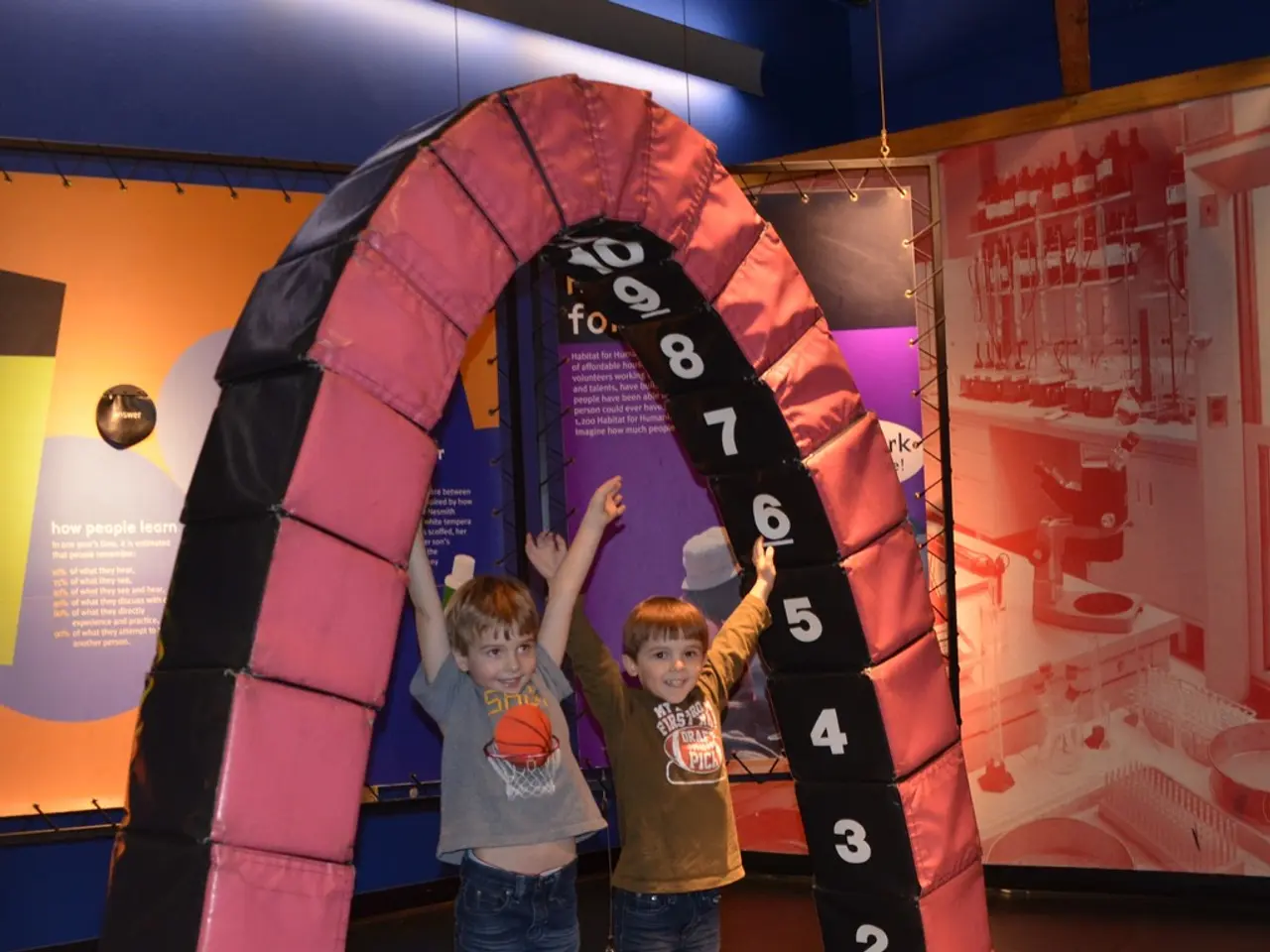Learning Joy Eliminated: A Sad Reality for Many
In today's educational landscape, a growing concern is the impact of the current system on students' enthusiasm for learning. The grading system, often, creates an unnecessary stress, turning academics into a competition [1]. Exciting subjects such as science experiments, dancing, drawing, or creative writing no longer feel fun due to the pressure of performance metrics and tests [1].
The joy of discovery and the satisfaction of understanding a new concept is being replaced by a focus on deadlines and projects [2]. Learning experiences are often confined to time limits, short deadlines, and projects, leaving little room for exploration and intellectual risks [2].
However, real learning happens when students feel safe to take intellectual risks, follow their interests, and discover the world in their own unique way [3]. The excitement of learning should not be replaced by a focus on reaching a certain grade. Instead, it should feel like an adventure, not a chore [4].
To foster curiosity and joy in learning, education systems can make a significant shift. Starting lessons with relatable phenomena, such as videos or events students find interesting, invites natural curiosity and personal connection before formal content is introduced [5]. This approach, known as sensemaking, keeps students engaged in inquiry by encouraging them to ask, "What does this remind you of?" rather than jumping straight into formulas or vocabulary [5].
Hands-on science activities also ignite curiosity by allowing students to explore processes affecting their lives, reinforcing learning through experience and critical thinking [6]. Using local or personally relevant examples in these activities deepens engagement and supports diverse learning styles [6].
Technology plays a crucial role by making lessons more flexible, accessible, and fun. Digital tools such as simulations, interactive visuals, and formative assessments promote inclusive and personalized learning environments [7]. Technology also enhances collaboration and creativity, further motivating students by making learning dynamic and relevant to their interests [7].
Professional development programs focused on creativity, critical thinking, and student engagement support educators in implementing these strategies effectively [8]. Artificial intelligence and other emerging technologies can also personalize learning experiences, providing real-time feedback and supporting curiosity if used as complements rather than replacements for human interaction [9].
In conclusion, a balanced approach is necessary in education. While structure and assessment are essential, they should not overshadow the importance of fostering curiosity, encouraging exploration, and making room for failure as part of growth [10]. Schools should be places that nurture a sense of collaboration, not just competition, and reimagine education as a meaningful experience in the present, not just preparation for the future [10].
References:
[1] Hmelo-Silver, C. E., & Hung, H. (2010). Sensemaking in education. Educational Psychologist, 45(1), 15-22.
[2] Bransford, J. D., Brown, A. L., & Cocking, R. R. (2000). How people learn: Brain, mind, experience, and school. Washington, DC: National Academy Press.
[3] Shaffer, D. W. (2012). The real school: A vision for education reform. New York: Teachers College Press.
[4] Sousa, D. A. (2011). How the brain learns. Thousand Oaks, CA: Corwin Press.
[5] Wiggins, G., & McTighe, J. (2005). Understanding by design. Alexandria, VA: Association for Supervision and Curriculum Development.
[6] National Research Council. (2012). A framework for K-12 science education: Practices, crosscutting concepts, and core ideas. Washington, DC: National Academies Press.
[7] ISTE Standards for Students. (n.d.). Retrieved from https://www.iste.org/standards/for-students
[8] Partnership for 21st Century Skills. (2009). Framework for 21st century learning. Retrieved from https://www.p21.org/our-work/framework
[9] Dede, C. (2014). Smart schools, smart students: AI and education. Educational Technology, 54(4), 14-21.
[10] Kirschner, P. A., Sweller, J., & Clark, R. E. (2006). Why minimal guidance during instruction does not work: An analysis of the failure of constructivist, discovery, problem-based, experiential, and inquiry-based teaching. Educational Psychologist, 41(2), 75-86.
The current educational system, in its focus on deadlines and projects, may inadvertently replace the joy of discovery and learning with a sense of pressure and competition [2]. A more balanced approach could foster curiosity and learning by embracing a shift that encourages exploration, intellectual risks, and the use of relatable phenomena to spark engagement [5]. This approach, when combined with hands-on learning experiences, technology, and professional development for educators, can redefine schooling as an adventure rather than just a competition or mere preparation for the future [10].




